Scribbled Angelfish
$599.99
-
Select Variant
The Scribbled Angelfish (also known as Duboulay's Angelfish) is a popular choice among aquarists. It's easy to keep. The face and body are predominantly a dark blue-black color. The lips are dull yellow. A wide vertical band of yellow-white and white separates the head from its body. The upper body is adorned with a yellow stripe and the caudal Fin is also yellow. The large anal and dorsal fins, as well as the numerous scrawls on the body of the Scribbled Angelfish give it its name. The Scribbled Angelfish males are usually indistinguishable from the females in terms of color variation. However, there may be a small white spot on the gill covers.
Scribbled Angelfish require a large swimming area. This aquarium should be at least 180 gallons in size. The Scribbled Angelfish is not a suitable candidate for a reef aquarium. It will nip at soft and stony corals (sessile insects) and clam mantles. The Scribbled Angelfish can be shy and should not be kept with aggressive tank mates. It will become more aggressive once it is acclimated.
The Scribbled Angel, a member of the Pomacanthidae Family, is hermaphroditic. It can be difficult to breed in an aquarium.
Scribbled Angelfish should eat a varied diet of Spirulina and marine algae. Mysis or frozen shrimp are also good options.
Genral Purchase Size: Female: Small: 1-1/2" to 2"; Small/Medium: 2" to 3" Medium: 3" to 4"; Medium/Large: 4" to 5"; Large: 5" to 6"; XLarge: 6" to 7"; Male: Large 5" to 6" XLarge 6" to 7" XXLarge 7" to 9" Show Size 9" to 11"
- Description
- Additional Information
- Reviews
Scribbled Angelfish Overview
The Scribbled Angelfish, also known as Duboulay's Angelfish, is a popular choice among aquarists and is relatively easy to keep. They are spawned in saltwater ponds along the Indonesian coast. The face and body are predominantly dark blue-black, with a wide vertical band of yellow-white separating the head from the body. A yellow stripe adorns the upper body, and the caudal fin is also yellow. The Scribbled Angelfish derives its name from the numerous scrawls on its body and its large dorsal and anal fins. Generally, males and females are indistinguishable in color variation, though males may have a small white spot on the gill covers. Scribbled Angelfish require a large swimming area and should be housed in a 180-gallon or larger aquarium with plenty of hiding spots and live rock for grazing. They are not suitable for reef aquariums as they tend to nip at stony and soft corals and clam mantles. These angelfish can be shy initially but may become more aggressive once acclimated. It is best not to keep them with aggressive tank mates.Scribbled Angelfish Diet
- Diet Type: Omnivore
- Preferred Foods: Sponges, tunicates, macroalgae, coral polyps
- Feeding Tips:
- Fresh clams or mussels, live feeder mysis, brine shrimp
- Dried flakes, frozen prepared diets for sponges and algae eaters, frozen shrimp, tablets
- Ensure a varied diet to stimulate feeding response
Origin and Habitat of Scribbled Angelfish
- Geographic Range: Found in the Indo-West Pacific, from Western Australia to Queensland, extending southward to Lord Howe Island, southern New Guinea, and the Aru Islands in Indonesia.
- Habitat: Prefers saltwater ponds and coral-rich areas in tropical waters.
Housing Needs for Scribbled Angelfish
- Tank Size: Minimum of 180 gallons
- Reef Compatibility: Not suitable for reef aquariums due to their tendency to nip at corals
- Tank Setup: Provide ample live rock for grazing and plenty of hiding places
Scribbled Angelfish Size and Appearance
- Juvenile Size: Small: 1-1/2" to 2"; Small/Medium: 2" to 3"
- Adult Size: Grows larger than juveniles, specific size can vary
- Other sizes possibly available for purchase online! Inquire with us to find out if there are other sizes or male(s) available.
LINKS to follow:
size
Large, Medium, Small
Units
1
Weight
6 lbs
Dimensions
1 × 1 × 1 in

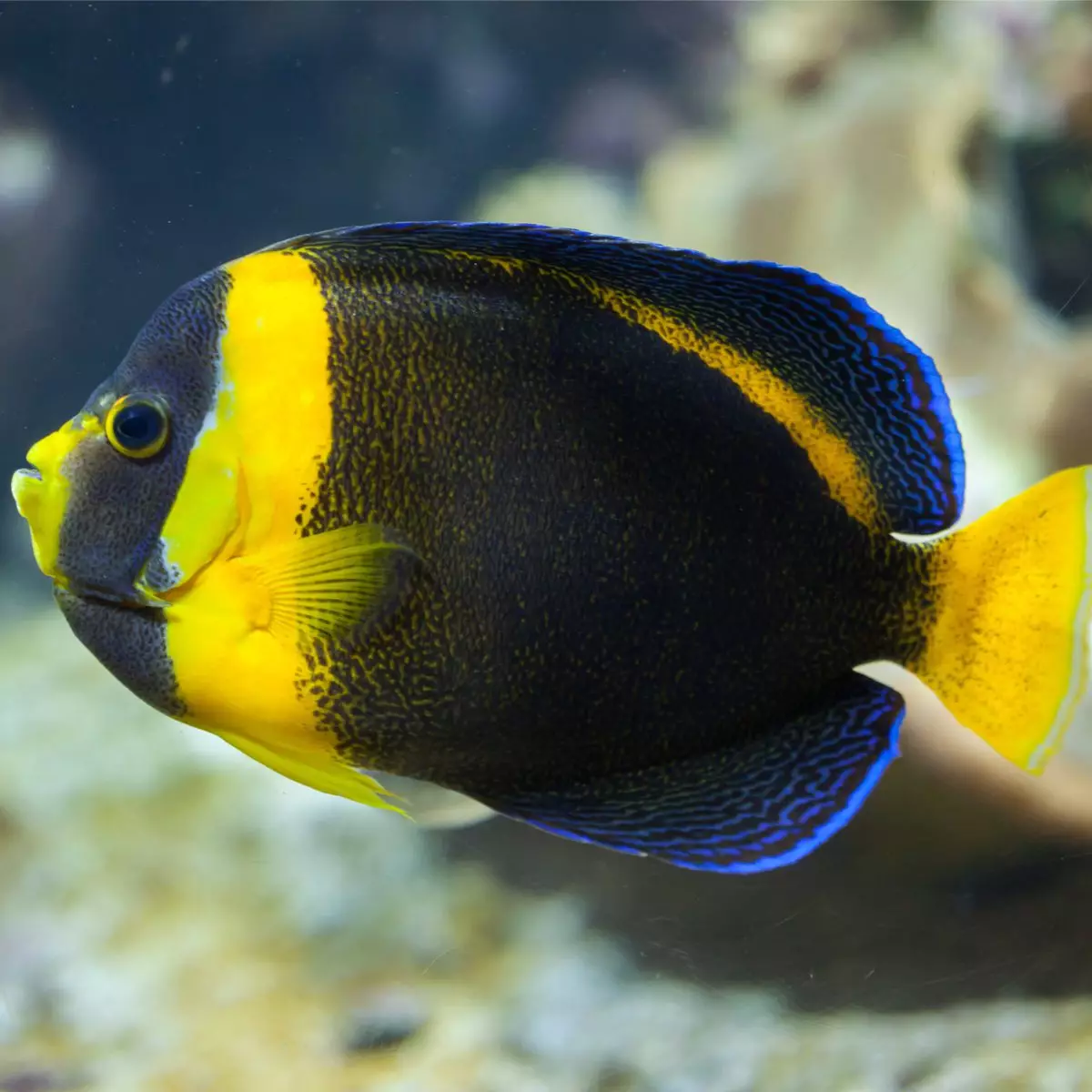
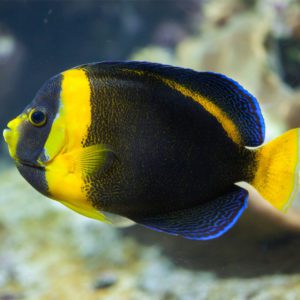
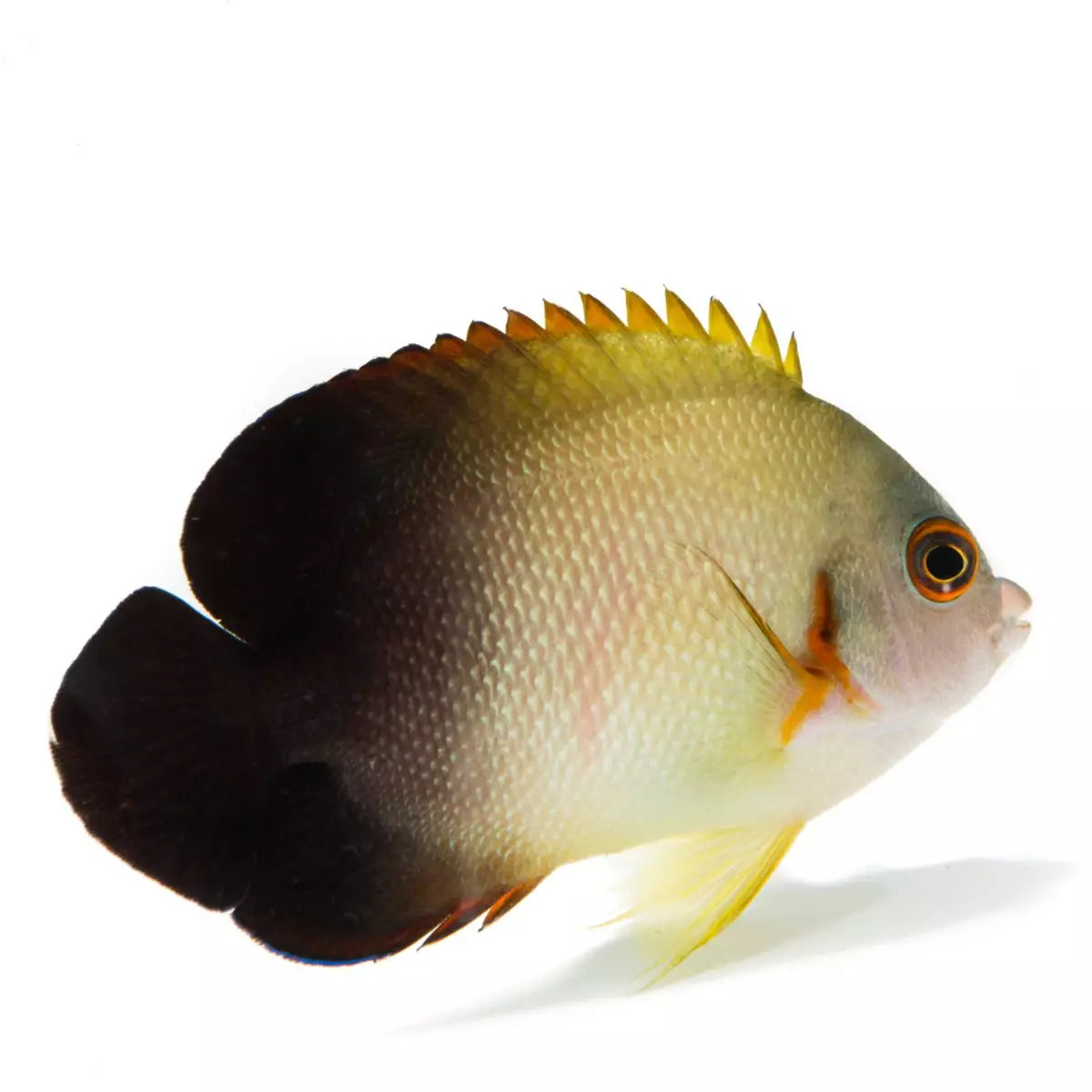
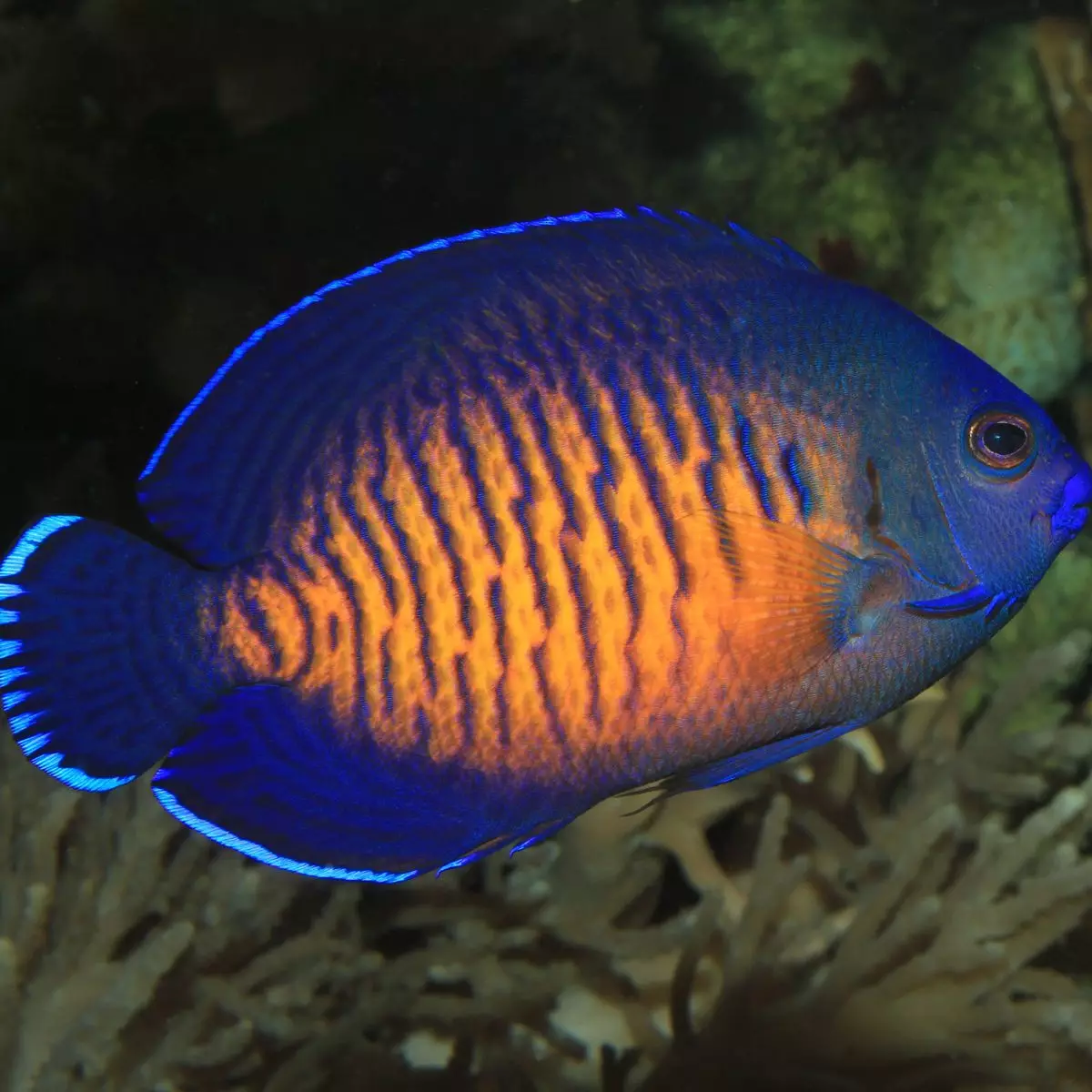
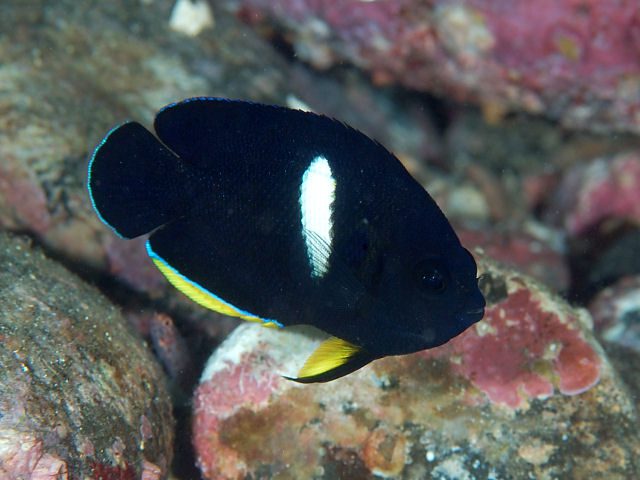
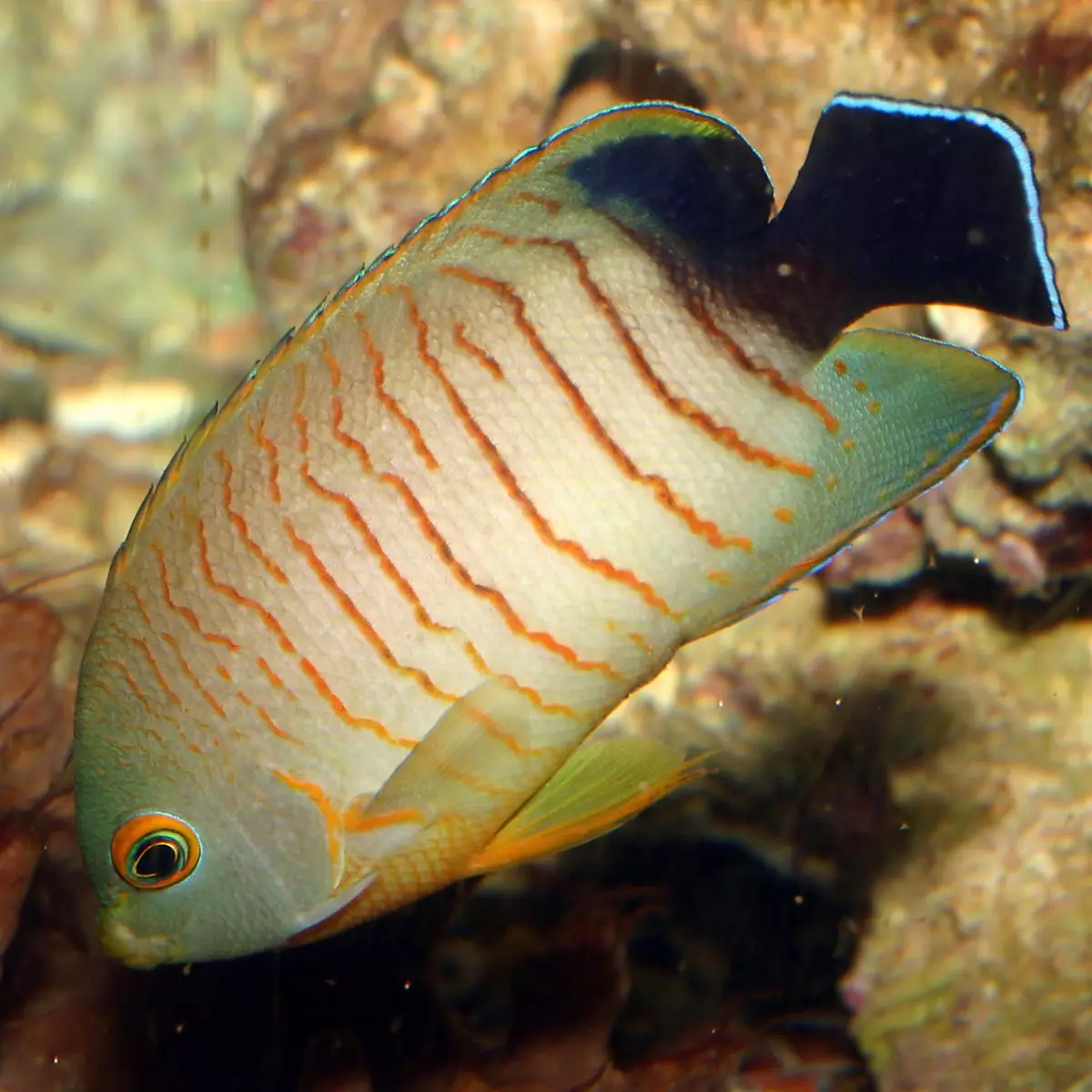
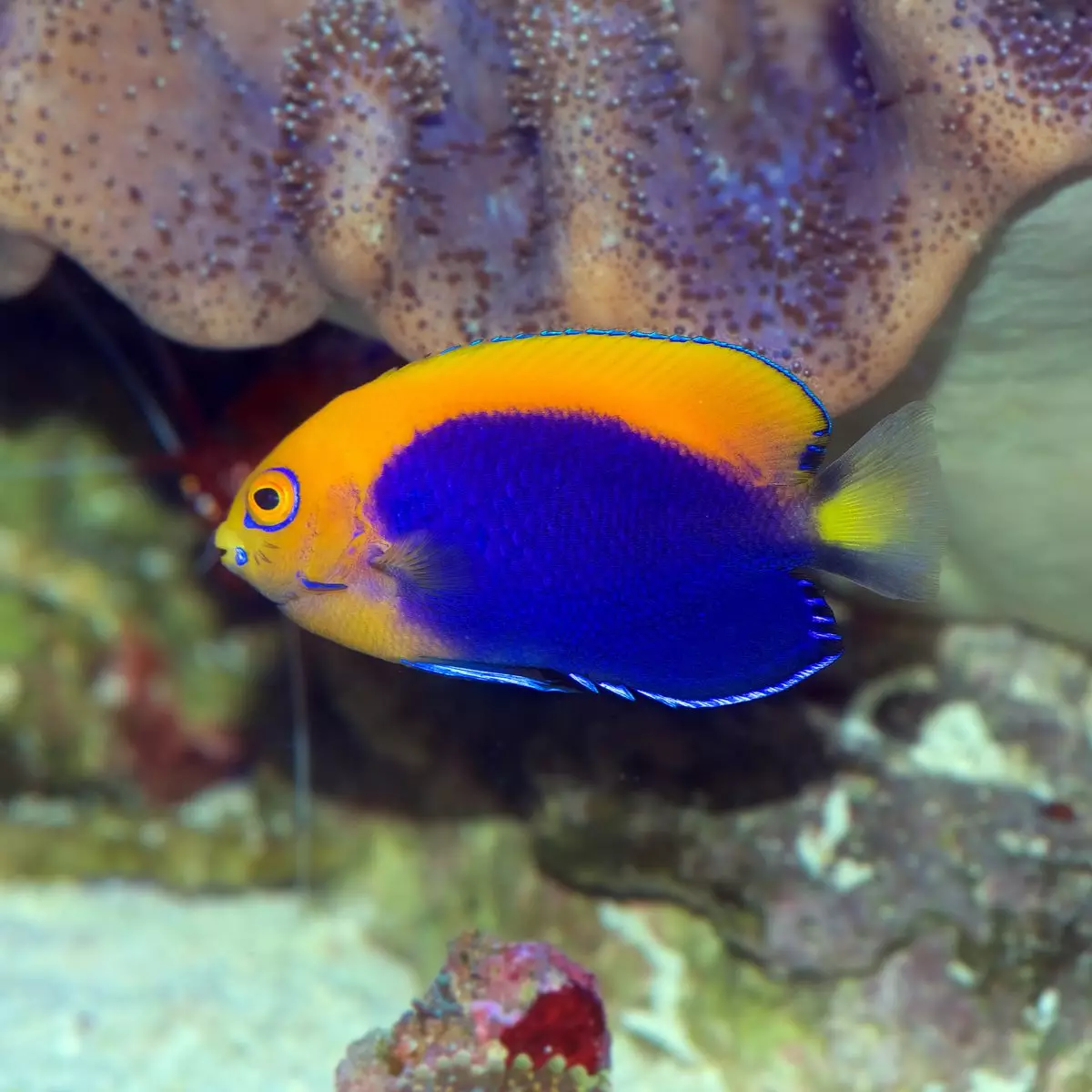
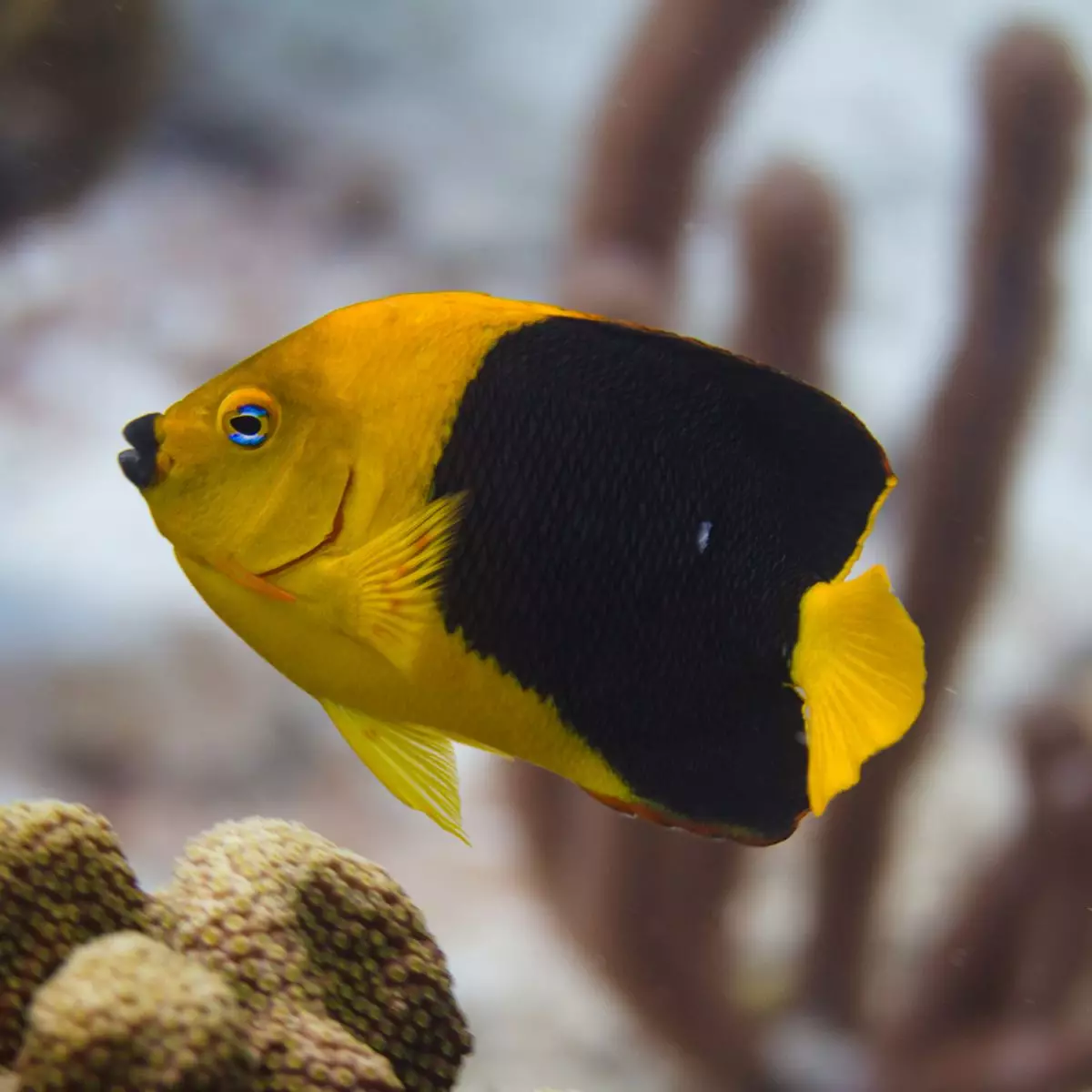
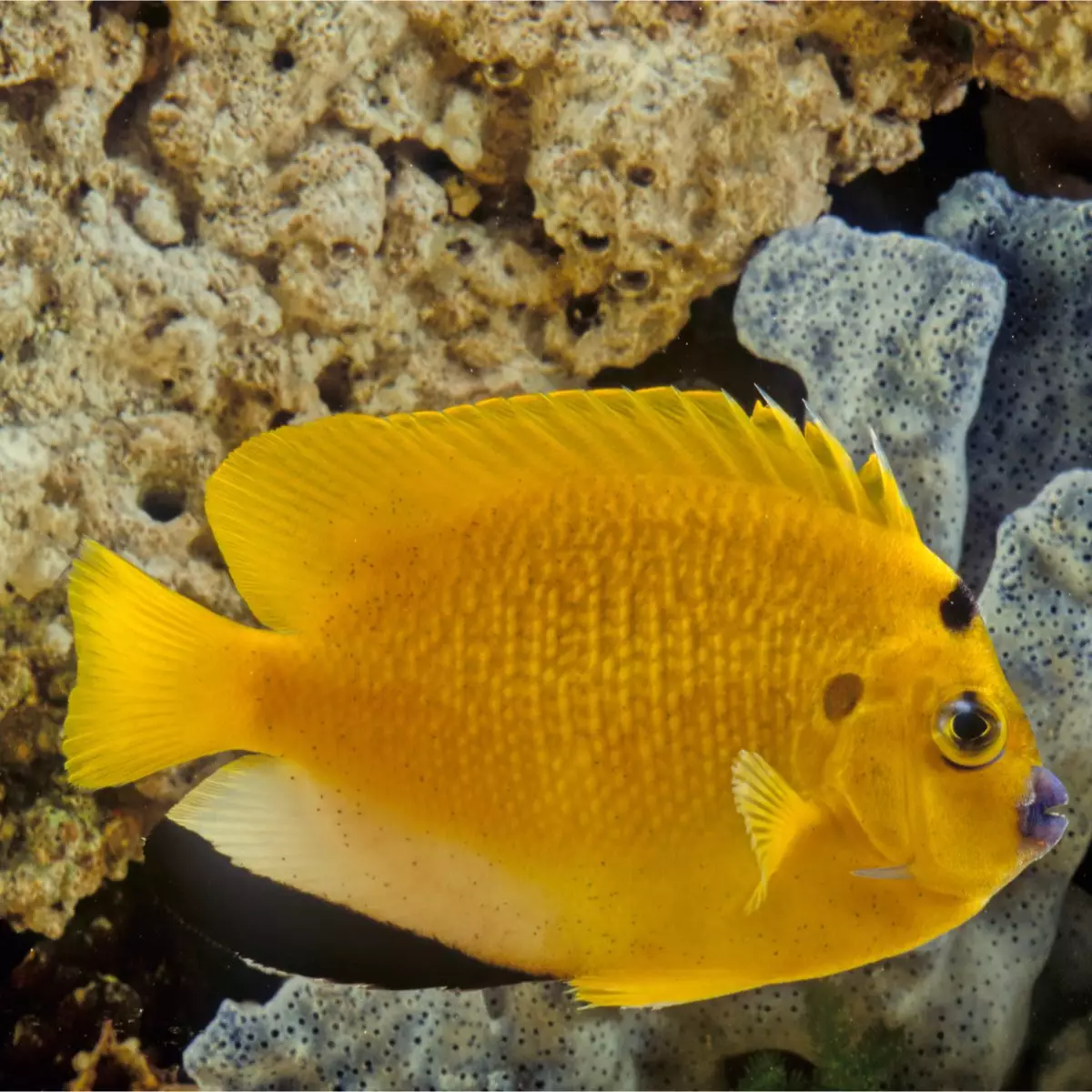
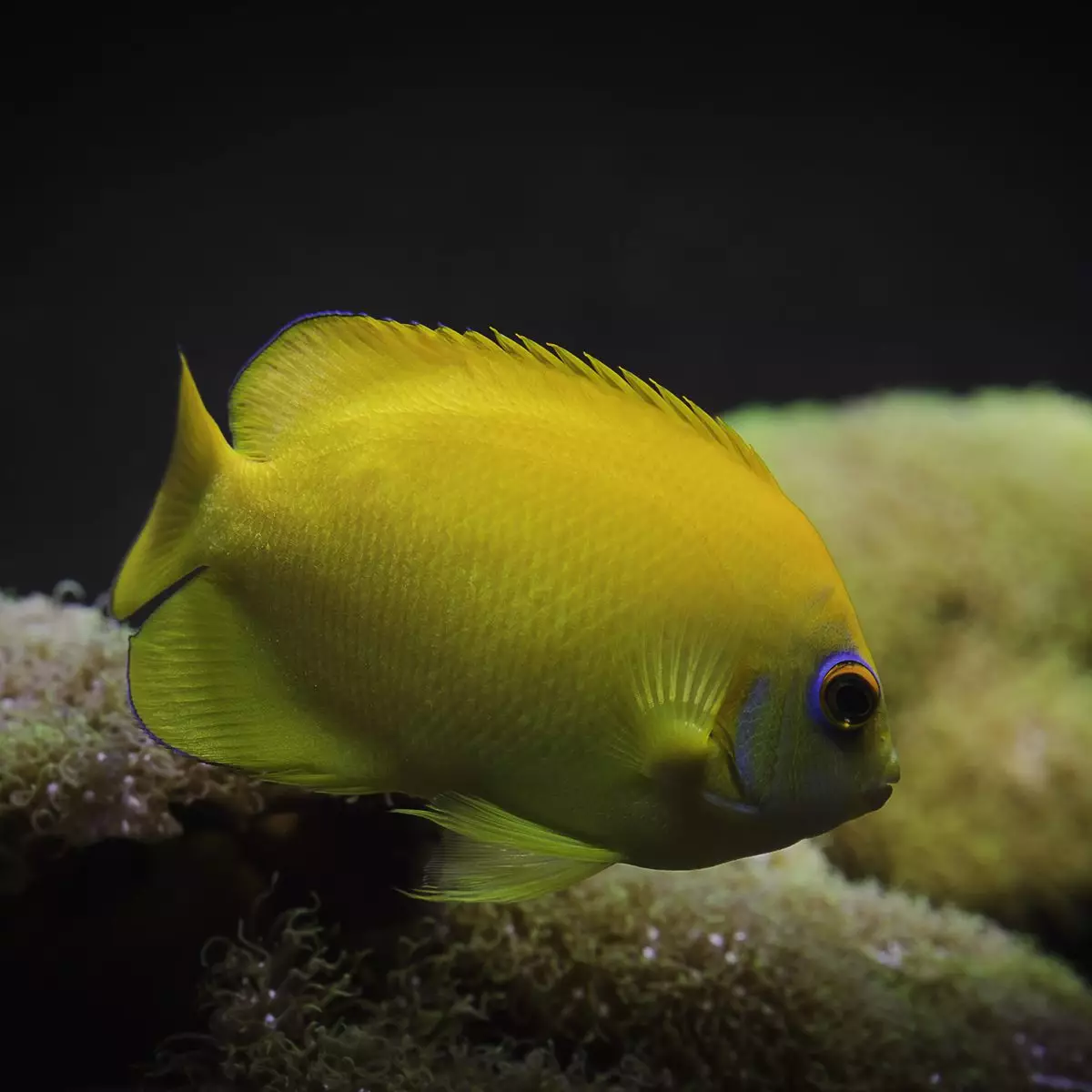


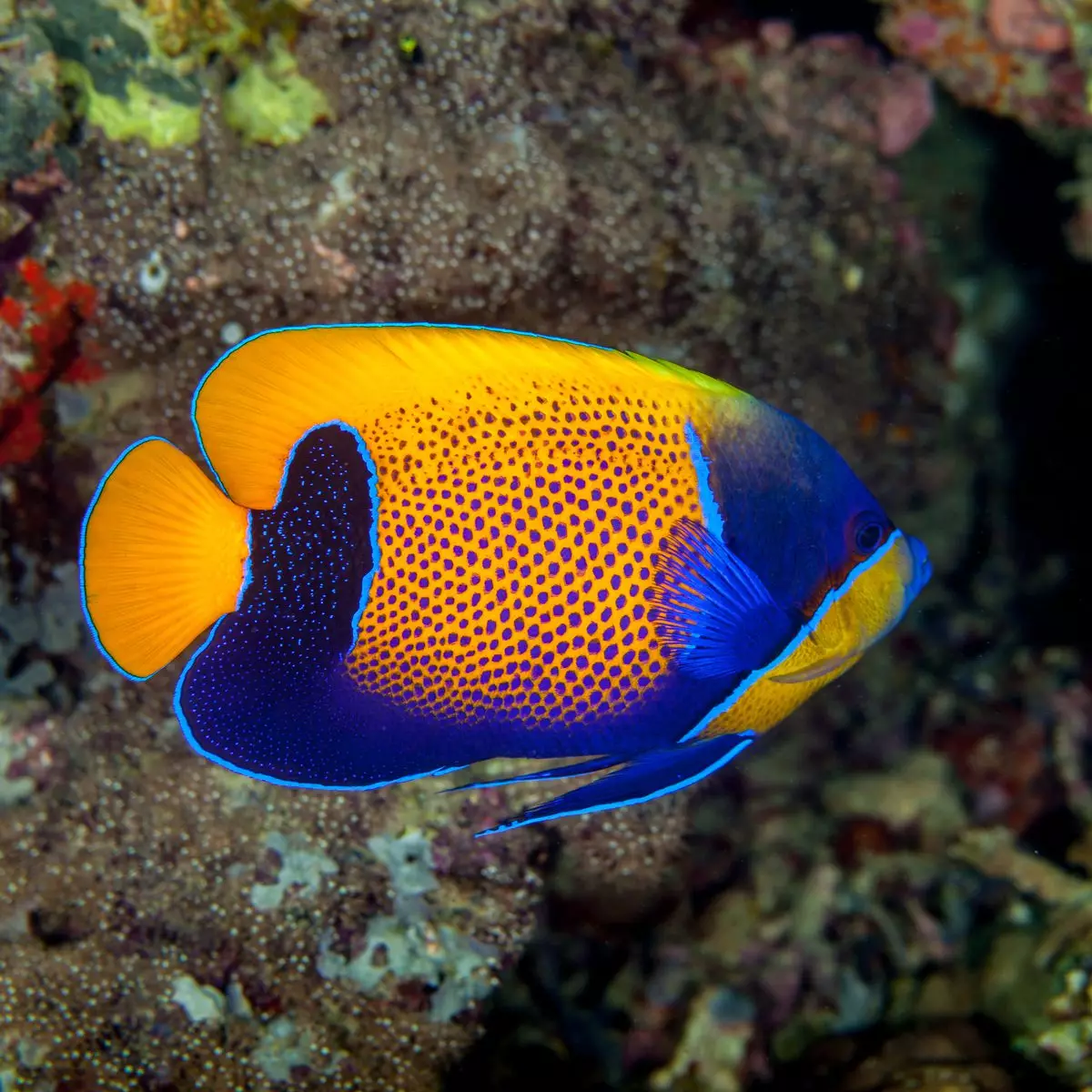
Reviews
There are no reviews yet.